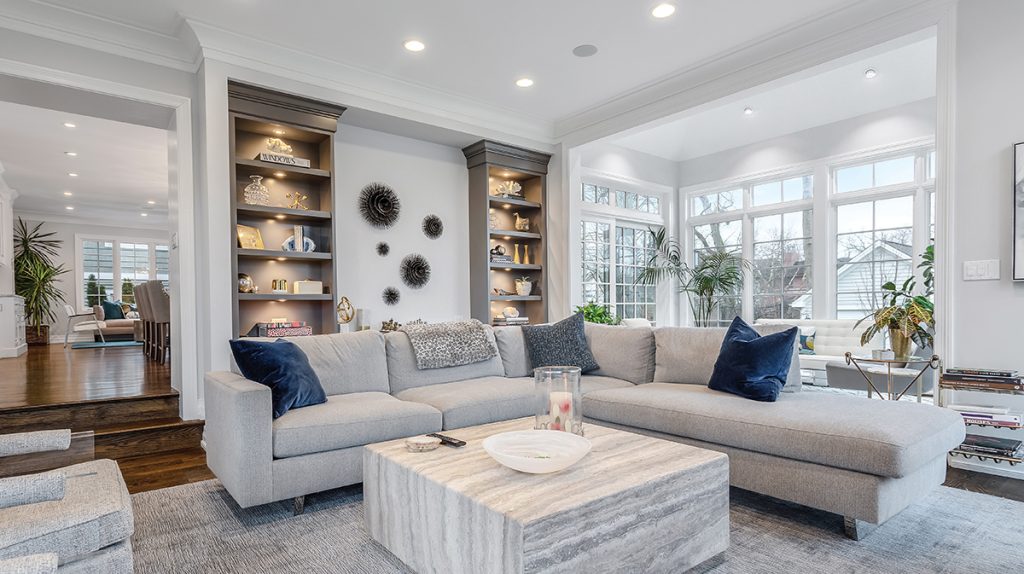Inside the Homebuilding Boom


When Simon/Myers staffer David Hood began his house-hunting process, he didn’t expect it to take eight months — a testament to the challenges of securing a property amidst a lack of inventory, even here in Chicago. He lost out on potential deals many times over, and was nearly ready to put his search on pause when he finally found a place. Unfortunately, many buyers aren’t as lucky as David, and take double the amount of time finding a house. There is currently a shortage of approximately 3.2 million homes, which equates to 2.5% of US inventory, due to existing houses not being put on the market.
Everyone knows interest rates are a challenge right now — in fact, they're historically high. The last time rates were this high was more than 23 years ago in 20o0 (Bankrate). Rates averaged 5% in 2008 during the Great Recession and were continuously between 3-4% from 2010-2022. Today, the average rate for a 30-year fixed mortgage is 7.5%. Owners are reluctant to give up their home to take on a bigger mortgage (US Bank). It is estimated this shortage of readily available homes will stay as is until rates are around 5% (NKBA Report). As interest rates start to decrease, homes will go on the market allowing Millennials and Gen Z to escape renter life and finally own. Not only are younger generations planning to make moves, but Boomers will continue to downsize. It is estimated that 45% of boomers will find a new home to age in place (Housing Wire).
As homebuyers grapple with limited choices and intense competition, the scarcity has propelled the homebuilding industry into an era of unprecedented growth and opportunity.
What does this growth mean for the economy?
The increased demand has led builders to bump up their prices, resulting in increased profit margins. Between 2019 and 2023, the home construction industry experienced a meteoric rise, culminating in an astounding valuation of 910 billion dollars, as reported by Statista.
According to the Census Bureau, November 2023 was a breakthrough month. Housing starts rose 9% from 2022 (NBC News). This exponential growth hasn't gone unnoticed by investors and industry giants. Respected figures like Warren Buffet have taken a bullish position on key players within the homebuilding landscape, including D.R. Horton, Lennar, Taylor Morrison, and NVR. This pivotal moment speaks to the enduring significance of the homebuilding industry on a global scale.
To combat the shortage and provide a quick solution, construction companies are selling quick-move-in options (QMI). These are less customizable homes with specific package options buyers can select. This is prompting buyers to remodel sooner than they normally would if able to customize at the start (NKBA Report).

What are the advantages of buying new construction?
While there might be a shortage of lived-in homes, there are plenty of plus sides to buying new construction.
- Latest in Tech Advancements:
Smart timer knobs, sous vide, and an app to help with maintenance, oh my! The latest advancements in appliance technology are available to buyers. Signature Kitchen Suite is a perfect example of innovation with their ThinQ™ App, allowing owners to update their appliances with software updates, ensuring they always have the latest features. - Energy efficiencies:
New appliances can mean saving energy which leads to reduced costs. Masonite doors are Energy Star approved which not only means you use less energy, but buyers are also eligible for rebates. Win win. - Modern amenities and trending designs:
Delta Faucet Steam shower with aromatherapy? Check. Kitchen sink with glass rinser? Check. Building a new home means you are privy to the latest tech and trends. - Reduced maintenance and warranties:
Most new products come with testing and warranties that give the buyer peace of mind. Not only will the products last, you don’t have to be afraid to use them. KraftMaid cabinets go through rigorous testing above the industry standard to make sure they can handle the wear and tear of daily routine. This includes closing drawers and doors 35,000 times! That’s 10,000 times more.
What does new construction mean for our environment?
While the surge in new construction positively impacts our economy, it raises concerns about its environmental repercussions. Balancing the housing shortage crisis with sustainability is crucial; we don't want to trade one problem for another. As consumers, we bear an increased responsibility to be mindful of how we address the shortage. With environmental concerns gaining traction globally, the homebuilding industry is not immune to the call for sustainability.
Innovative approaches like energy-efficient designs and the use of repurposed resources offer promising solutions to minimize environmental impact. Today's homebuyers are steering away from conventional methods, making conscious choices that not only address the housing crisis but also contribute to a healthier planet. Builders, in response, are adopting green building practices, incorporating renewable materials, and integrating energy-efficient technologies. The responsibility lies not only in meeting housing needs but also in doing so with a conscious commitment to environmental well-being.

What does this mean for home construction marketers?
The housing construction boom is music to the ears of construction marketers. With more homes being built, there are countless opportunities for construction marketers to showcase their expertise in materials, designs, and eco-friendly solutions. There is also a golden opportunity for brands to showcase how they’re helping to solve the shortage problem.
According to Hynek Stehno, Director of Marketing at Airoom, they have created a new division of their company to keep up with demand that solely focuses on new construction: Michael Bennett Homes. Not only that, but Airoom is not ignoring the fact that Millennials and Gen Z are the buyers to watch.
“We are certainly considering Millennials as they begin to purchase homes. We know that they embrace authenticity, which is an easy one for us as a family-owned company. We are meeting them where they are (social media) and are working to grow our interactive content marketing library. We recognize that personalizing communications to their interests and needs pays off.”
For Airoom, social media is a big part of their strategy, but our team at Simon/Myers is here to share some additional best practices when it comes to home construction marketers.
- Content Marketing:
Give your consumers valuable content that engages and educates them about your products. Think design trends, neighborhood highlights, and construction processes that can excite your buyers. - Search Engine Optimization:
Make sure your website is optimized for search engines to rank it well in relevant queries. Ensure you have keywords, a mobile-friendly site, and relevant content. - Digital Presence:
Establish a strong online presence through a well-designed website and active social media profiles. Showcase high-quality images, floor plans, and virtual tours to provide a comprehensive view of your projects. - Interactive Marketing:
Try using interactive tools such as virtual reality (VR) experiences, 3D tours, or augmented reality (AR) to allow potential buyers to explore your product virtually. This enhances their experience and increases the likelihood of a sale. Our Experiential Design team at S/M has seen an increase in excitement surrounding tactics like the above.
Homebuyers are hungry for options, and construction marketers can feast on this demand by highlighting the latest trends and innovations.
Closing thoughts
We are all for new construction at Simon/Myers. There are many exciting opportunities for not only our clients, but for future homebuyers. The impact of COVID, the economic surge in the sector, and the attention of industry giants like Warren Buffet underscore the enduring significance of home construction on a global scale. Beyond its economic implications, the surge in new construction is reshaping environmental considerations with a focus on sustainability and eco-friendly practices. In short, the foreseeable future of home construction appears vibrant, promising satisfaction for all stakeholders involved — from homebuyers and architects to contractors, designers, and builders.
Want to hear more ways to make sure your target audience is excited about your construction products? Let’s chat!

Subscribe for
more Slant
This site is protected by reCAPTCHA and the Google Privacy Policy and Terms of Service apply.












